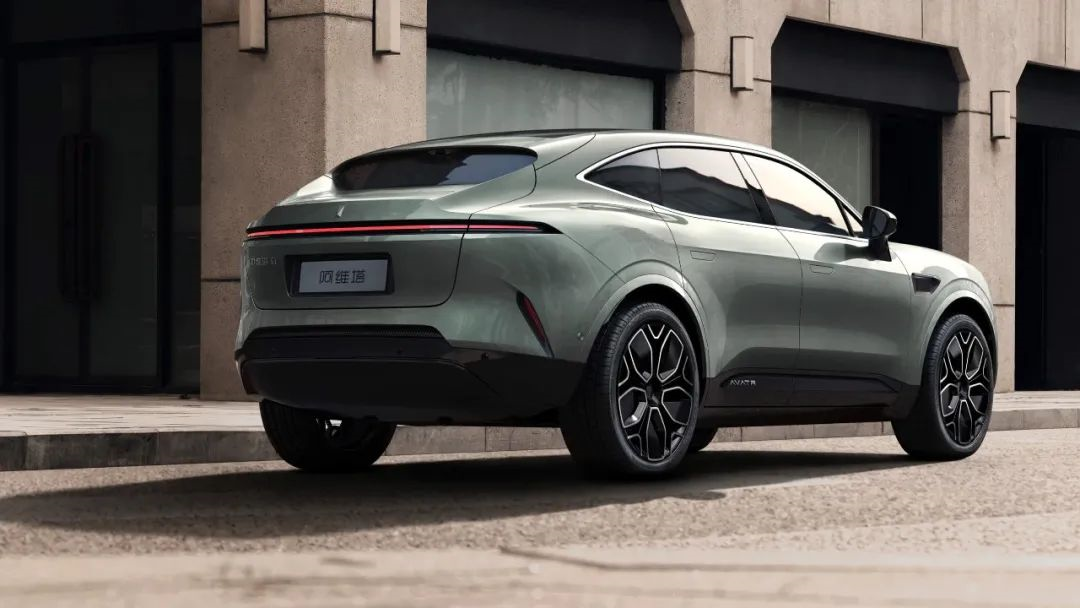A new brand, Avita, dedicated to creating “emotionally intelligent electric vehicles,” has been officially launched. Along with the debut of this new brand comes its first model, the Avita 11. The Avita 11 will be officially launched in the second quarter of next year and will be delivered to customers in bulk in the third quarter.
This brand, created through a collaboration between Changan, Huawei, and CATL, will be worth keeping an eye on in the highly competitive Chinese electric vehicle market. Will it be able to stand firm and overturn some prevailing thinking with its own model?
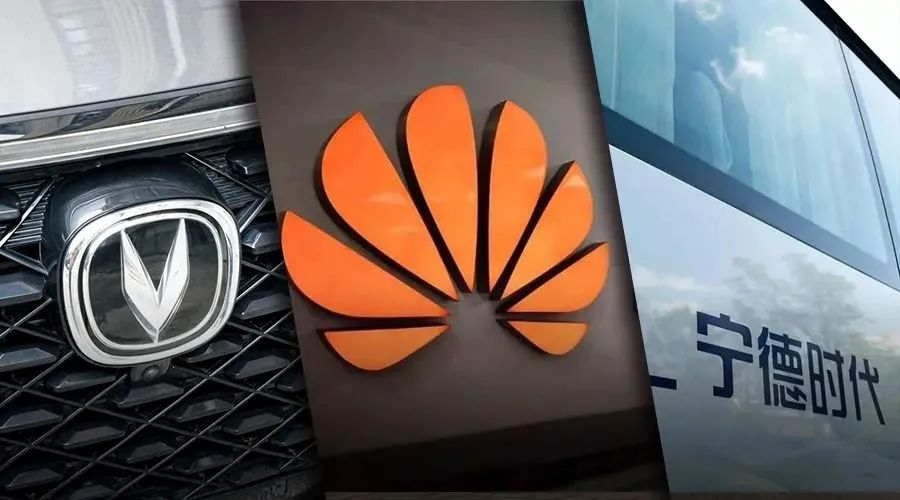
CHN platform, Leading the Changan brand upwards
In the current Chinese automobile market, facing the challenge of new car-making forces, traditional independent brands are coming up with new sub-brands to take them on and pursue their own brand upward. SAIC IM, Dongfeng Lan Tu, and Geely Geer are all products of this thinking. And now this camp will be joined by Avita, a brand-new brand.
Avita was formerly known as Changan and Nio’s joint venture, Changan Nio New Energy Automotive Technology Co., Ltd. However, with Nio’s strategic shift, there has not been much substantive progress for the joint venture.
In May of this year, Changan brought in new strategic investors, including CATL, and once again announced that it would not be absent from the high-end electric vehicle market. According to reports, Avita will begin its A-round financing in March next year. Based on its plan to release four new vehicles in five years, an IPO should not be too far off.
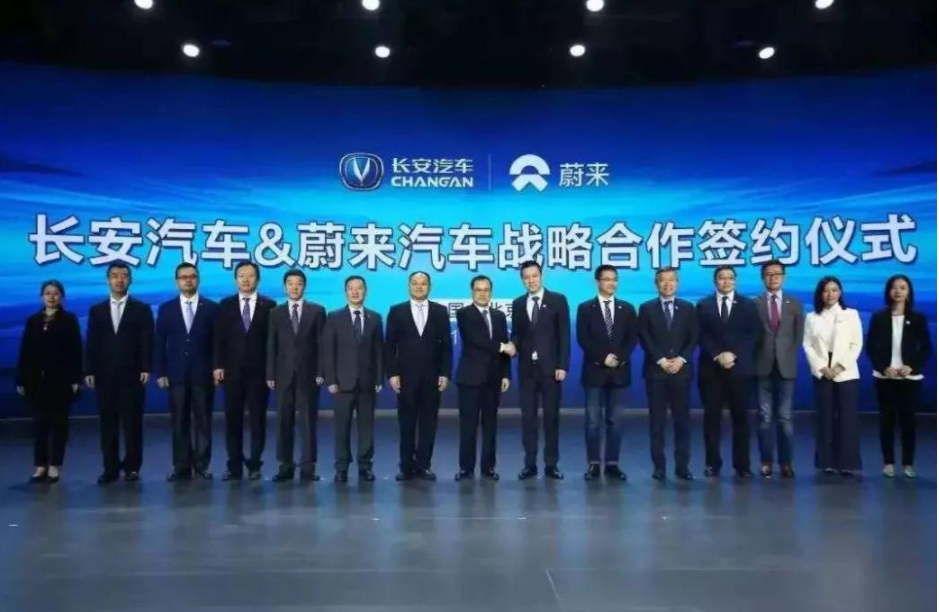
What sets Avita apart from its competitors is the dominant role played by Huawei and CATL in the brand. Just as the Avita Intelligent Electric Vehicle Technology Platform, which the company has been promoting to the public, is a combination of the initials of Changan, Huawei, and CATL.
In terms of intelligent interconnection, Huawei will take charge, while CATL will take the lead on energy-related businesses. Changan will be responsible for traditional automotive engineering, production, supply chain, sales network construction, and other work.
From a model perspective, all three companies are leveraging their own strong projects for resource integration, hoping to use the most powerful product force to challenge China’s high-end new energy vehicle market. Therefore, whether in terms of intelligent interconnection or the three-electric system, Avita has the confidence to compete with other domestic competitors.
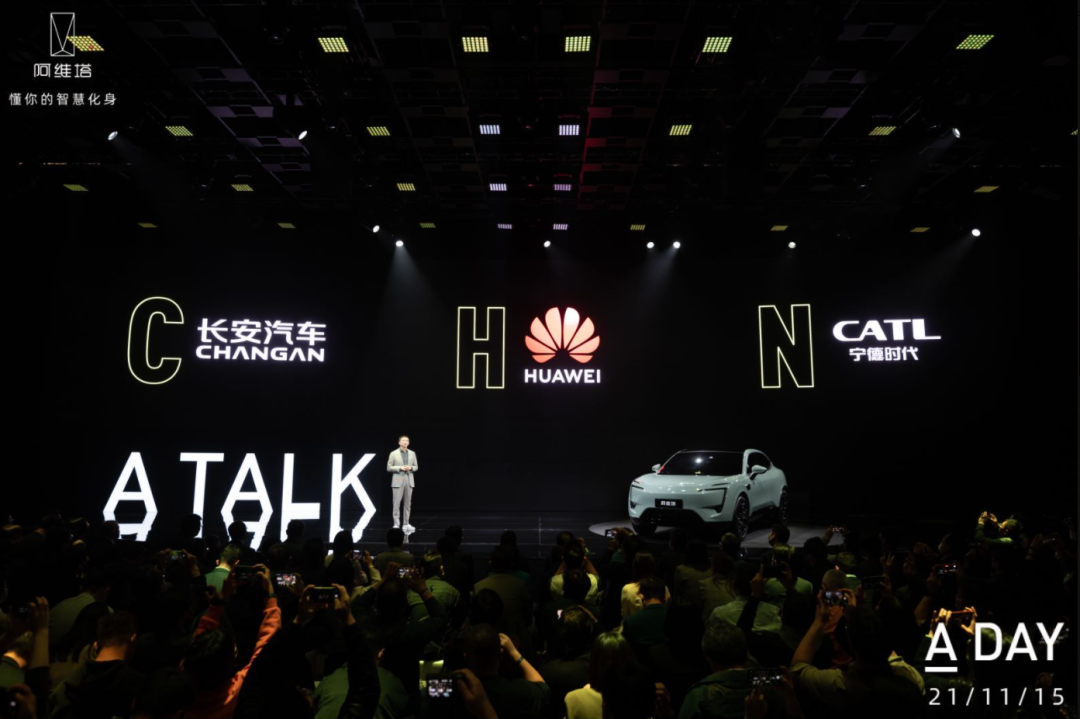
Can the Avita 11 deliver sufficient product power?
Avita 11: Futuristic Design Focused on Emotional Intelligence
Avita 11 is an electric car with a focus on emotional intelligence, designed by Avita’s global design center located in Munich, Germany. The core design principle of Avita 11 is “futuristic design,” following the design principles of bold confidence, emotional intelligence, and dynamic individuality.
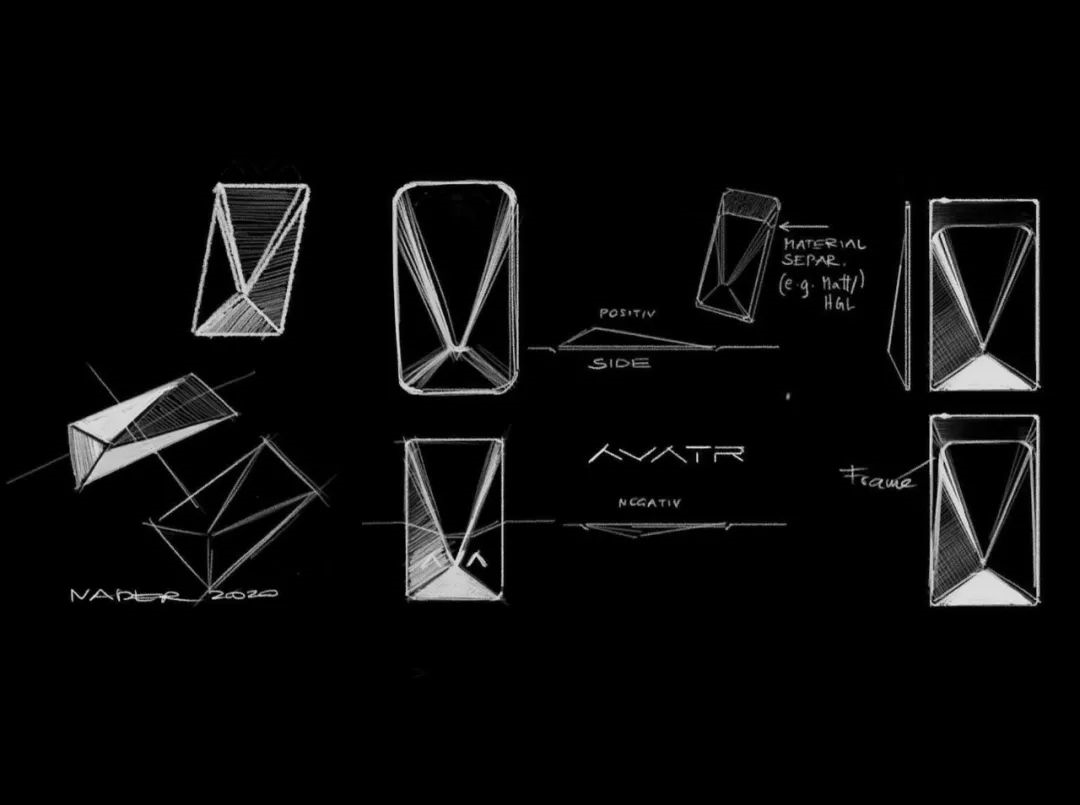
The most prominent feature on the front face of Avita 11 is the F-shaped headlight combination, which creates a strong visual impact through stark contrast.
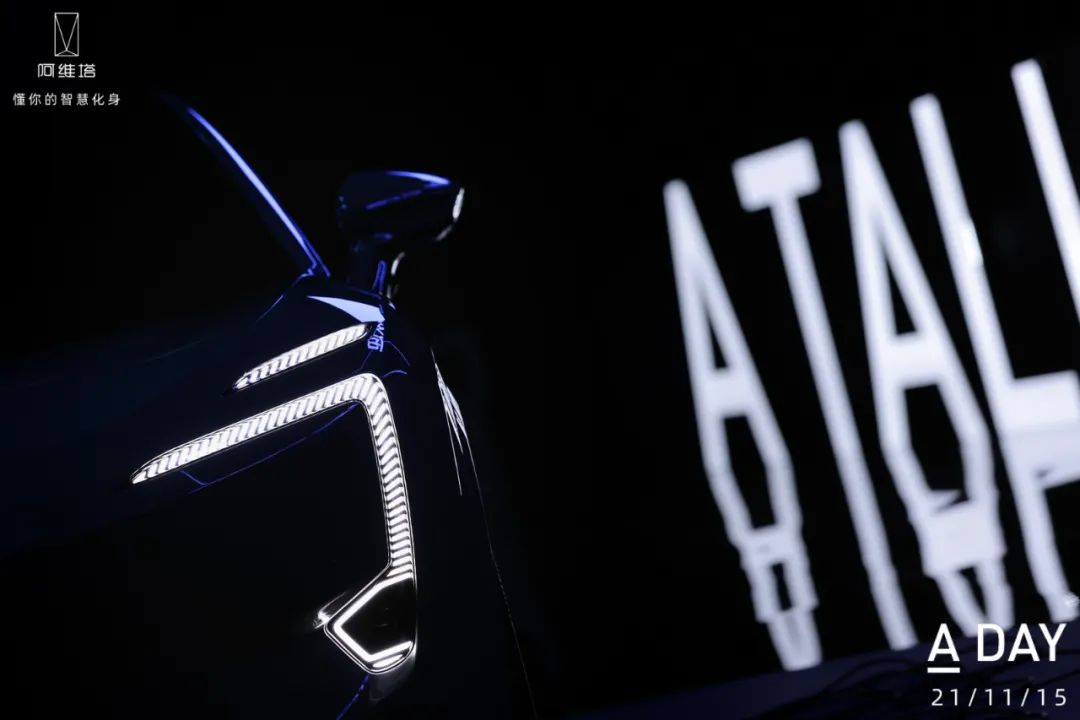
The sleek and elegant lines on the side of the car outline a smooth contour. Of particular note, the two window lines form a sharp V shape at the rear of the vehicle, which creates a unique harmony with the rounded rear wheel arch. The continuous tail lights at the rear end, between the trapezoidal back window and the stable lower body, form a sharp visual contrast and are highly recognizable.
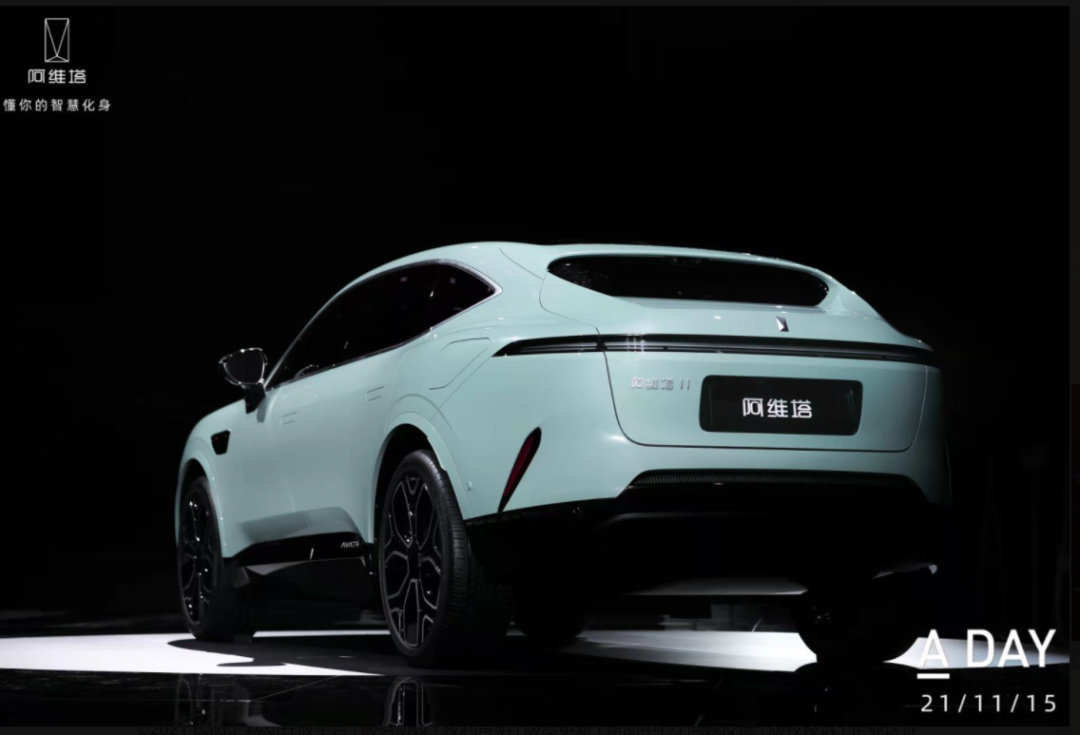
Although not many of Avita 11’s overall parameters were disclosed at the release event, its performance is still impressive: a range of more than 700 kilometers, acceleration from 0 to 100 kilometers per hour in under four seconds, and high-voltage super-fast charging of up to 200 kilowatts.
In terms of power and range anxiety, Avita 11 is at the forefront of the market. Its 400 Tops of top-level computing power lays a solid foundation for upgrading to level 4 autonomous driving in the future.
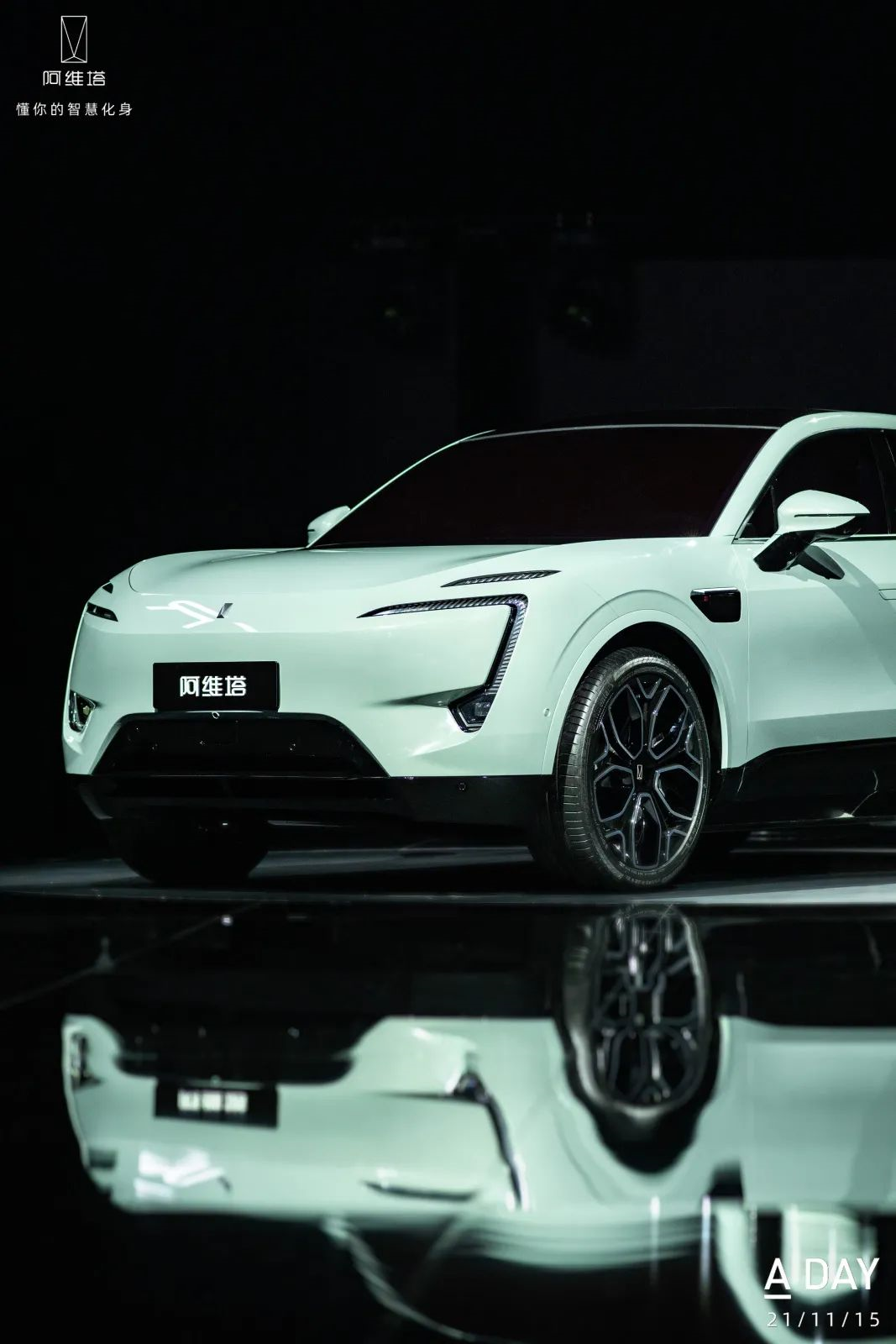
Ningde Times and Huawei have played a significant role in breaking through these traditional pain points of electric cars. As Avita’s second-largest shareholder, Ningde Times will become its battery supplier. The biggest question now is whether Ningde Times’ second-generation CTP technology can keep up with Avita 11’s delivery time, and whether Avita will introduce a battery swapping mode. If Avita can provide these two options to users, there is no doubt that it will be even more powerful.
As for Huawei, it has played a crucial role in Avita 11’s development.# Avita 11 will not only integrate multiple hardware systems, including Huawei’s car BU, MDC intelligent driving domain controller, VDC vehicle control, CDC intelligent cockpit, and LiDAR, but also equip the VOS smart driving operating system, HOS intelligent cockpit operating system, and VOS intelligent vehicle control operating system. In addition, Huawei’s electric drive system, fast charging solution, and end-to-end battery management system could also be potential options for the Avita 11. Therefore, compared with the Sailesi and JiHu, Huawei’s involvement in Avita is undoubtedly deeper.
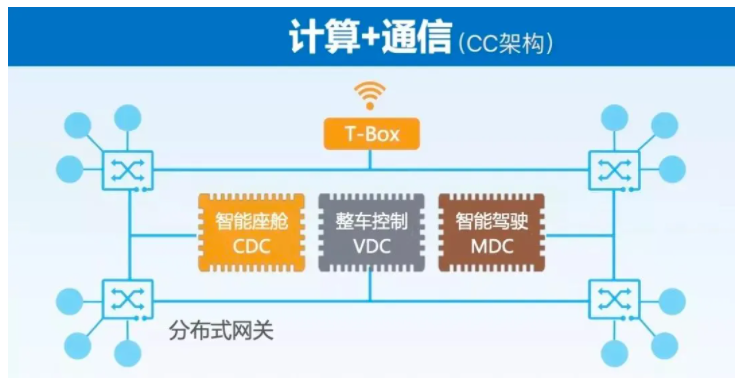
Even with CHN, Avita cannot win solely on that
The top executive of Avita said in a media interview, “Even with CHN, Avita cannot win solely on that.”
After all, CATL and Huawei do not exclude cooperation with other car companies. Although Avita introduced CATL as its second-largest shareholder, CATL has also recently participated in a strategic investment in NETA Auto. As for Huawei, in addition to Avita, other car companies such as Sailesi, JiHu, and GAC have already formed strategic partnerships with Huawei.
Therefore, under the circumstance that battery and autonomous driving software and hardware technology are basically equal, Avita’s breakthrough still relies mostly on the role played by Changan in the middle.
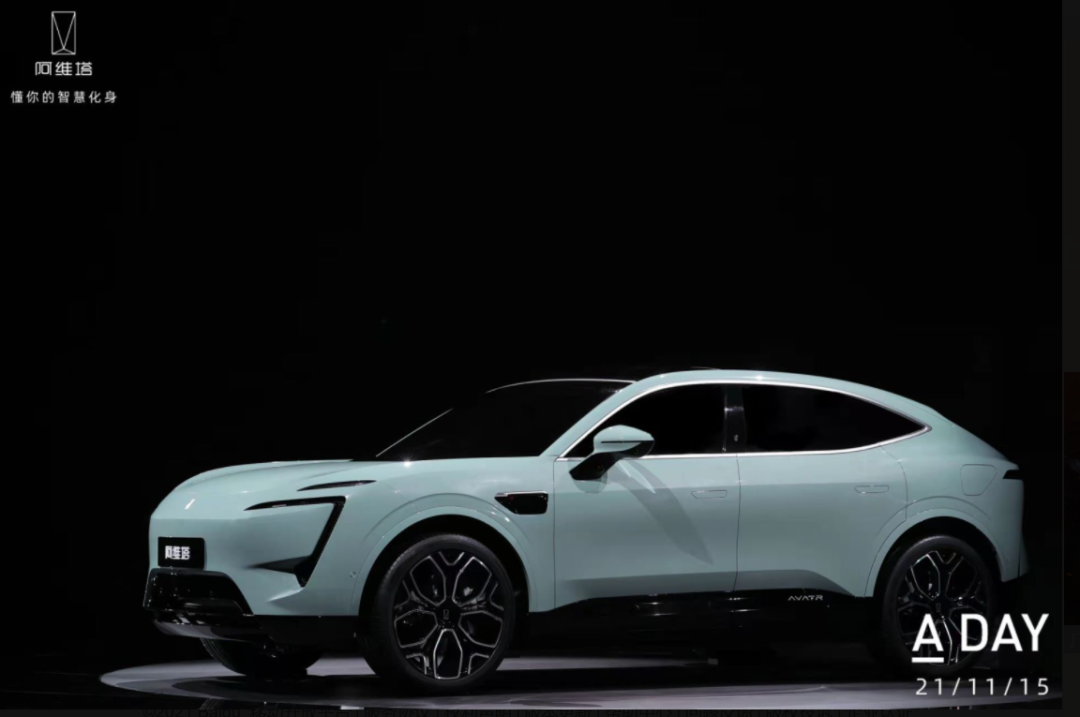
In the era of smartphones, many smartphone brands have made their own features based on the Android system. Whether it is Samsung, Huawei, Xiaomi, Oppo, Vivo, Glory, they are all players that cannot be ignored in the global smartphone market.
The decisive factor for this blossoming of different models is whether the manufacturers can accurately target the segmented market based on their insight into consumers’ needs, using Android system under roughly the same external conditions (i.e., similar hardware), and maximize their own advantages.
As we see it, if we make a comparison between Android and Huawei Hi, then Changan Automobile needs to use their accumulated experience of making cars and insights into consumers both domestically and globally, integrate Huawei Hi and CATL’s battery/CTP with Avita 11 more organically, and play the effect that 1+1+1>3.
However, such synergy is a big challenge for any automaker. Only in this way can Changan or Avita take advantage in the competition with other models that also use Huawei and CATL products.

Autonomous driving and the tri-electric system are crucial for intelligent electric vehicles, but they are not the only two systems. Starting from detailed designs and meeting the higher demands of consumers for vehicles in the era of intelligent networking, is the only condition for a brand, especially a new one, to ensure its survival and even development.
In this regard, from the top management of AVEVA, there is a very clear understanding: even with CHN, AVEVA cannot rely on their laurels.
This article is a translation by ChatGPT of a Chinese report from 42HOW. If you have any questions about it, please email bd@42how.com.
